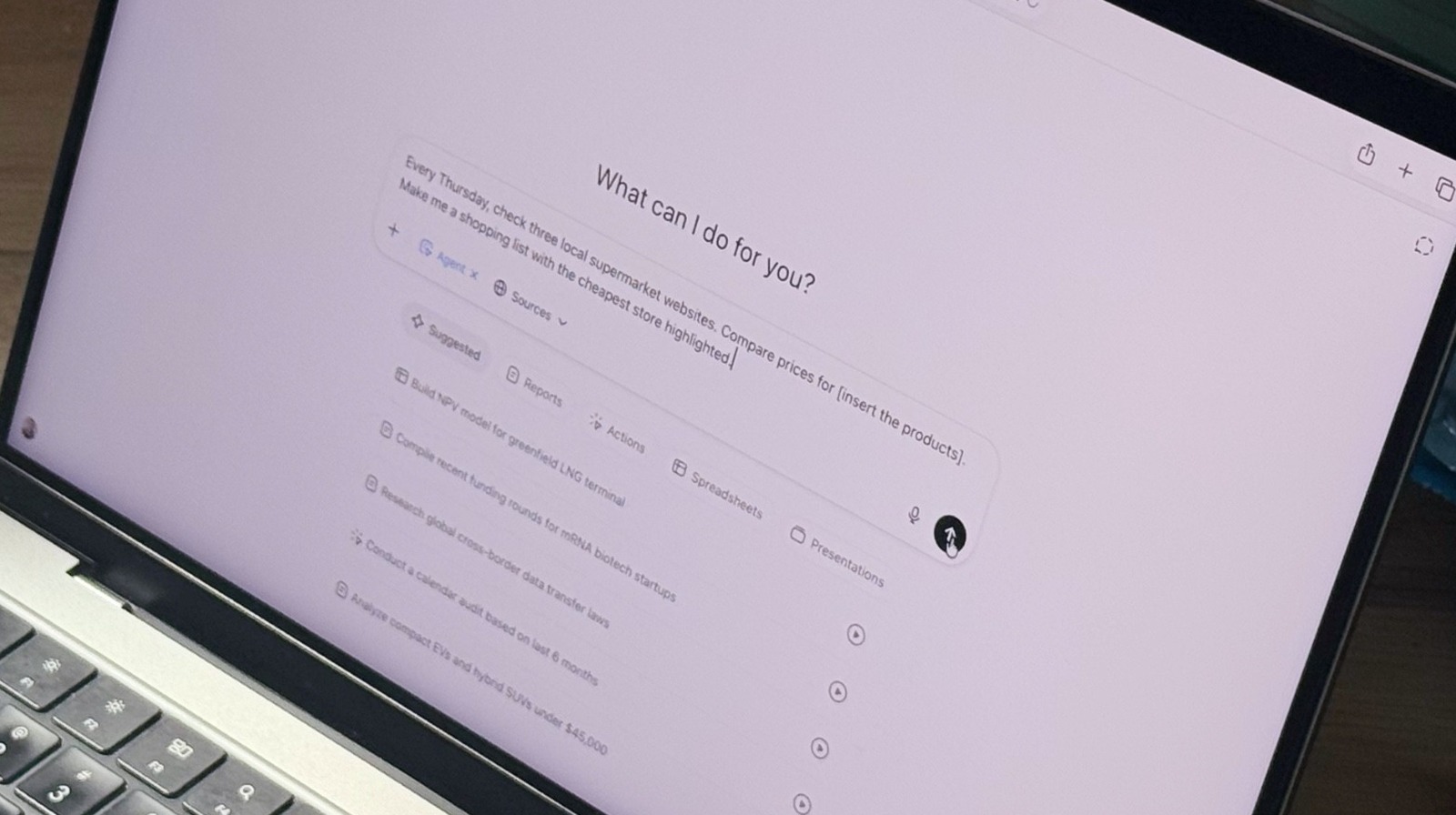The Trump administration is making another push to shut down the Energy Star program, The Washington Post reports, citing three people familiar with the development.
The decision was announced in a Monday meeting of the Environmental Protection Agency’s (EPA) Office of Atmospheric Protection. Presentations viewed by the Post said “staff in restructured/eliminated organizations may be reassigned to other positions.”
An EPA spokesperson tells CNN that “the next phase of organizational improvements to the agency to better provide clean air, water, and land for all Americans” is currently underway.
It’s not a done deal, and Trump tried to kill the program during his first term, too. Implemented by the Bush administration in 1992, it’s a public-private undertaking that helps people pick appliances that consume less energy. The energy-efficiency standards are set by the EPA, and products that meet them can display an Energy Star Label.
The label is recognized by 90% of households in America, and those who purchase products with Energy Star labels save up to $450 on energy bills each year, according to the EPA. Additionally, individuals get to apply for rebates as well as tax credits of up to $3,200 annually.
The news about the program’s possible demise has drawn some criticism. Sen. Ed Markey, a Massachusetts Democrat, called it a “blow to American families and businesses everywhere.” Sen. Peter Welch, D-Vt., also questioned why Trump wanted to “end this program that saves you money and lowers our emissions.” And Sen. Susan Collins, a Maine Republican, tells CNN she’s “baffled” by the development.
Recommended by Our Editors
In March, the Consumer Technology Association (CTA) urged EPA Administrator Lee Zeldin to maintain the Energy Star program.
“As a voluntary program devised with the leadership of industry, Energy Star is a perfect example of how thoughtful guidelines can promote consumer welfare and innovation and promote competition without imposing burdensome regulations,” CTA CEO Gary Shapiro said. “It’s one of the best examples of a successful public-private partnership that has driven real energy efficiency gains. It’s also a critical path in making strides toward energy dominance and energy independence.”
Get Our Best Stories!
Your Daily Dose of Our Top Tech News
By clicking Sign Me Up, you confirm you are 16+ and agree to our Terms of Use and Privacy Policy.
Thanks for signing up!
Your subscription has been confirmed. Keep an eye on your inbox!
About Jibin Joseph
Contributor











